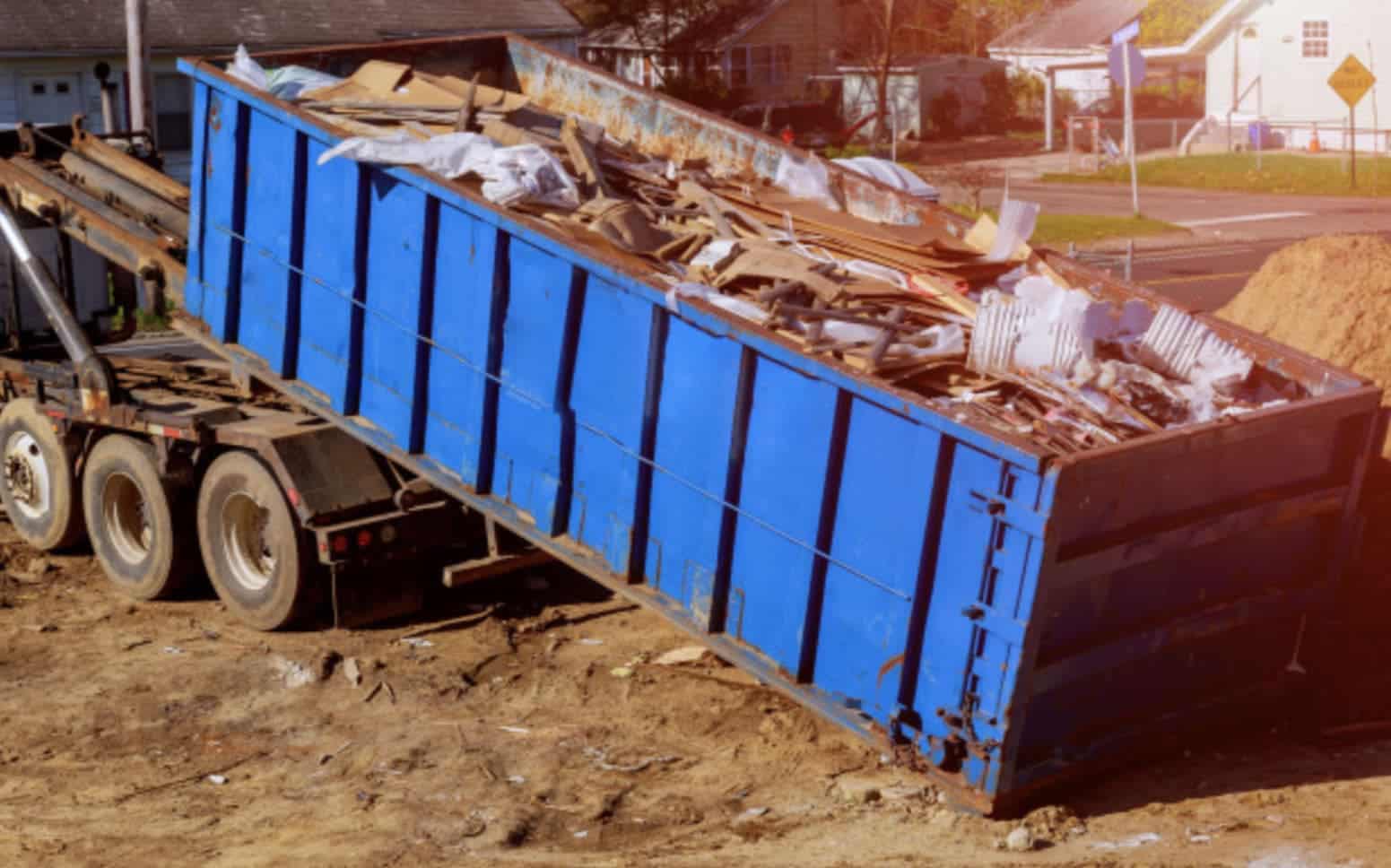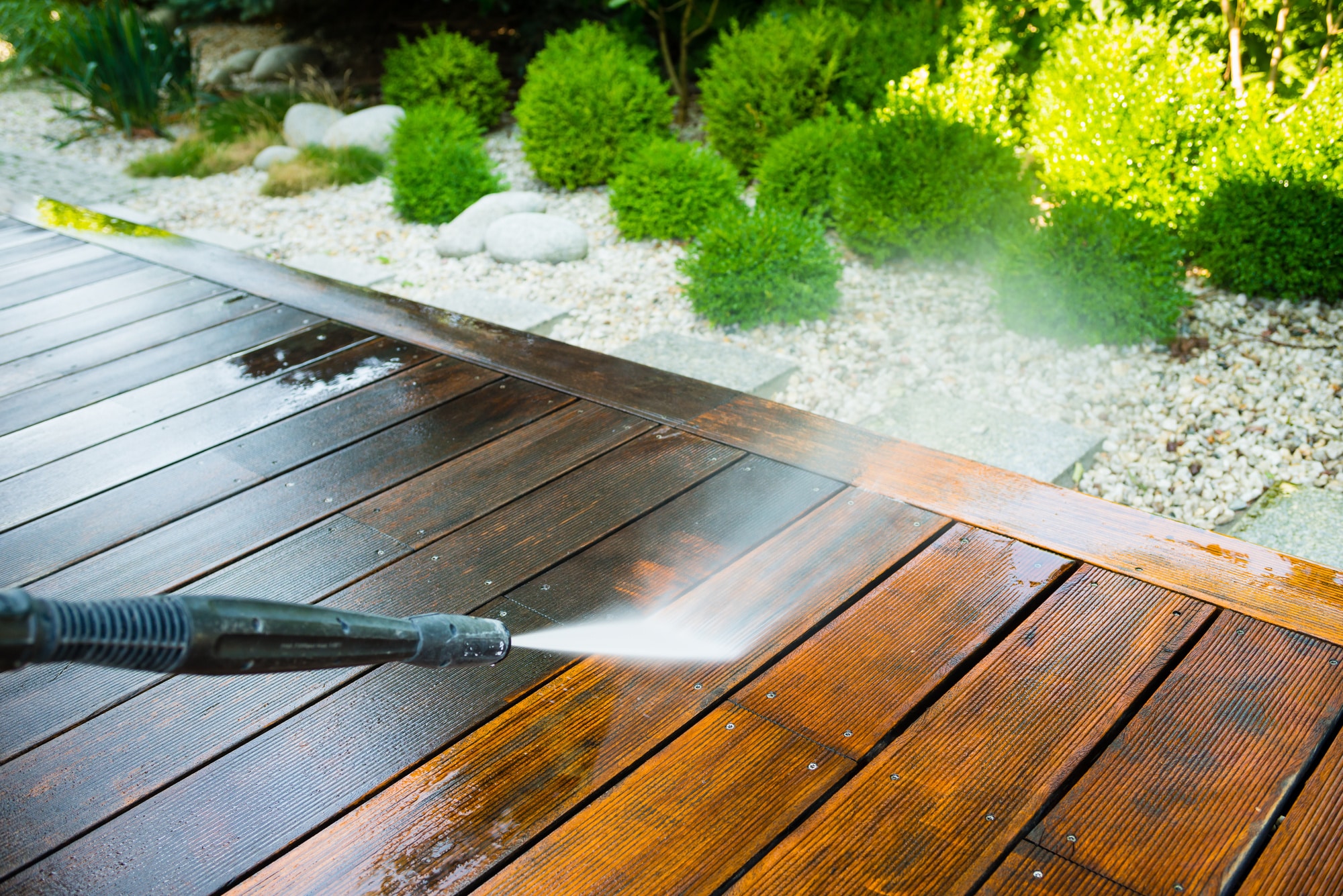5 Tips for Proper Disposal of Construction Waste
Every construction project generates a vast amount of waste. Statistics suggest that 30% of building materials delivered to a construction site may end up as waste. In addition, over 75% of all construction waste from asphalt shingles, wood, clay tiles, bricks, and dry walls ends up in a landfill, which isn’t safe for the environment or human health and safety.
Proper construction waste management helps create a safer working environment while lowering the waste’s effect on the environment. With good practices for disposing of construction waste, you can significantly lower disposal costs. Discussed below are five tips for proper disposal of construction waste.
Develop a construction waste management plan
A construction waste management plan describes how waste will be disposed of, managed, or recycled. Your plan should include the construction waste quantity and type plus the available facilities and resources. The best construction waste management plan should boost a construction project’s efficiency while reducing costs. A good plan should:
- Outline your project’s waste management objectives and goals
- Lists the personnel responsible for ascertaining that waste management processes are adhered to
- Describes how personnel will be trained on waste management procedures
- Outlines the project’s waste management procedure
Leverage a construction waste removal service
Hauling away unwanted junk, heavy furniture, and garbage bags from your construction site can be overwhelming and may even seem intimidating. Without the right waste removal equipment and skills, the process can be risky. Leveraging a reliable construction waste removal company like Express Bins is helpful. These companies have the right junk removal equipment and tools, lowering injury risks.
Also, a waste removal service is more efficient as it offers safe, quick waste processing. Their unrivaled experience and knowledge offer a single solution for every type of construction waste, making them more reliable because they can quickly collect, recycle, and dump any kind of waste from your site. Proper hazardous waste removal reduces your carbon footprint, which is key to environmental preservation.
Reducing the amount of construction waste created
Reducing construction waste is the best option for preventing disposal. This can be achieved in several ways, including:
- Organizing for the materials to be delivered in accordance with your project’s construction phases: This lowers the risk of extra materials piling up in storage where they can easily get damaged
- Considering the weather forecast and securing your construction materials as needed
Reuse or recycle construction waste
If reducing it isn’t possible, find opportunities to recycle or reuse your construction debris. Recycling or reusing construction waste is great for the environment and can save you money in the long run. For instance, scrap metals and broken tools can create a single décor you can use for garden ornaments or other useful tools. If repurposing the construction waste isn’t an option, sell it as scrap to those who do recycling. Other construction waste recycling examples include:
- Recycling wood into engineered wood
- Metals turned into new forms of metal
Donate materials you no longer need
If you have construction materials you no longer require, consider donating them rather than throwing them away. While construction materials or waste may appear useless to you, others may find it helpful.
Endnote
Implementing the best construction waste disposal practices helps create a healthy work environment while boosting efficiency at the site. Consider applying these tips for proper construction waste disposal.







